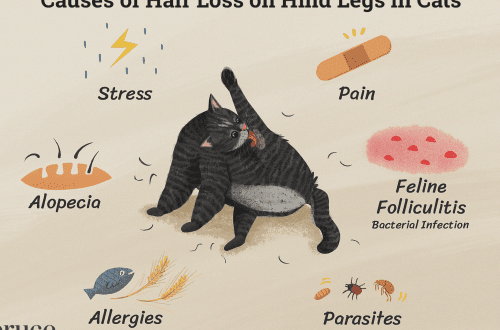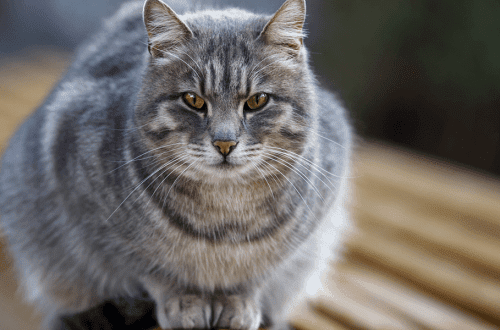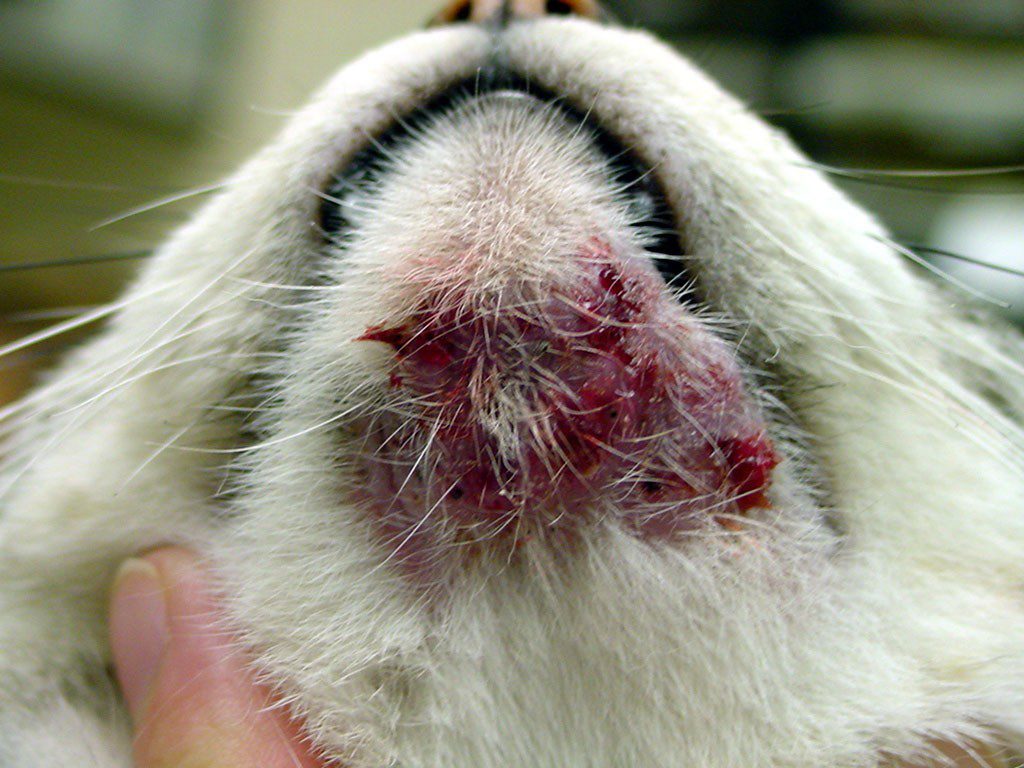
acne in cats
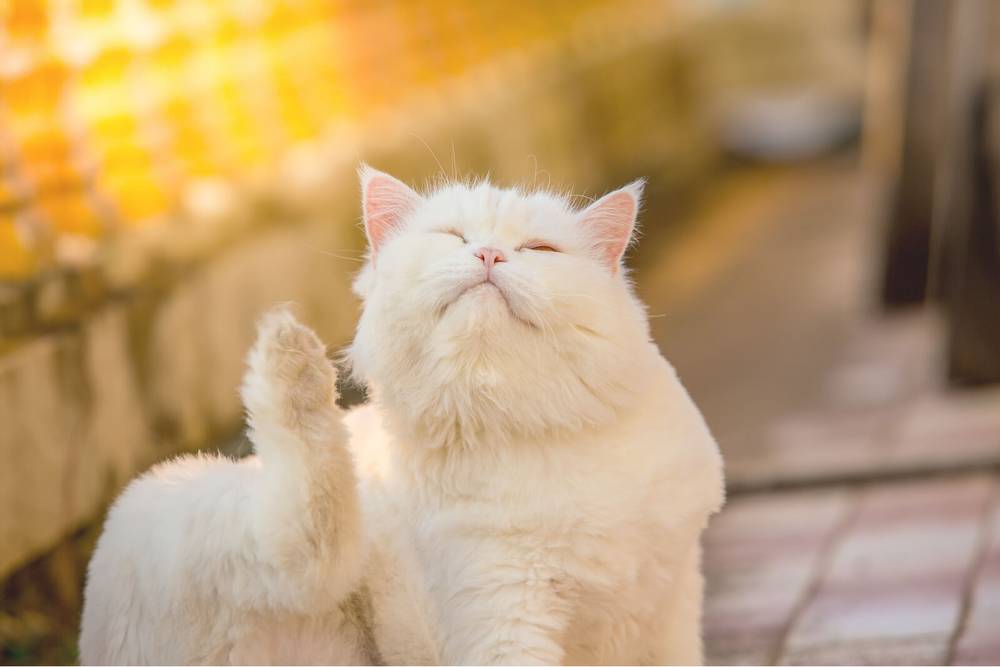
The rash can be mistaken for plaque, dandruff, or dirt. Visually, this is an area of densely located small acne on an inflamed, slightly swollen area of uXNUMXbuXNUMXbthe skin. Acne, accidentally noticed by the owner on the chin of a cat, can cause considerable surprise and confusion. But, just like in humans, the pores of the skin of cats become clogged due to the mass of the old layer of cells stuck together with the young skin cells with sebaceous secretions.
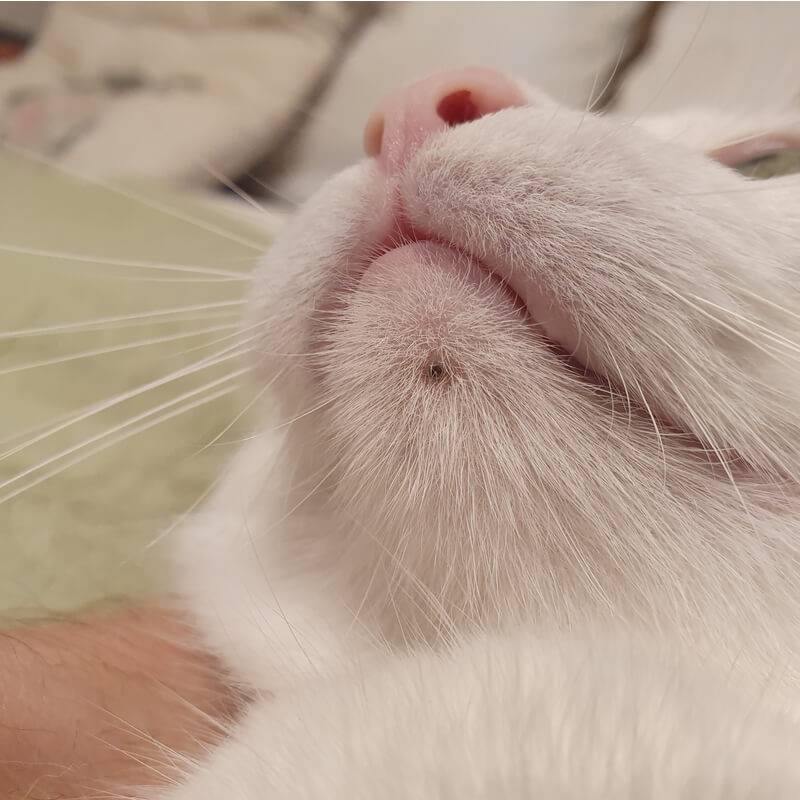
Depending on the location of the plug, blackheads look like white or black dots, they can be located inside the pore or outside. Although sebaceous glands are found all over the body, in most cases it is easier to notice acne in a cat on the chin and near the lips. But inflammation can also occur in other places: for example, in hairless breeds (sphinxes), rashes can often be seen in the tail area. There are single or occasional lesions that are cyclical (seasonal) or permanent. Often proceeding without exacerbation and pathologies, the disease ends with recovery – cleaning the pores. But if pathogenic microbes manage to penetrate deep into the skin, then problems arise: the lesion site itches and hurts, the pet does not find a place for itself. Therefore, if acne is detected in a cat, it is worth starting therapy without delay.
Causes of acne in cats
There is no exact etiology of what exactly causes feline acne. Veterinarians have established factors that provoke the disease:
- Hereditary or acquired skin problems can give impetus to the development of the disease. Acquired diseases include Demodex subcutaneous mite damage, dermatophytosis, various viral infections, contact and atopic dermatitis;
- Problems in the development of hair follicles;
- Pathology of the sebaceous glands, hyperfunction of the sebaceous glands;
- Hormonal failure in the pet’s body;
- Diseases of the gastrointestinal tract or liver;
- Lack of necessary hygiene care. Often the owners wonder why the cat’s chin is inflamed. The problem lies in the inaccessibility of this place for thorough washing: the cat is not able to lick its chin, so possible small food residues or fat can provoke acne;
- Decreased immune defense of the body;
- Stress leads to disruption of the sebaceous glands, which, as a result, produce more than required amount of secretion;
- Using plastic bowls for feeding a cat (plastic has pores in which bacteria collect; this is especially dangerous if such bowls, even from under water, are rarely washed);
- Parasitic or conventional collars can cause allergies, resulting in irritation.
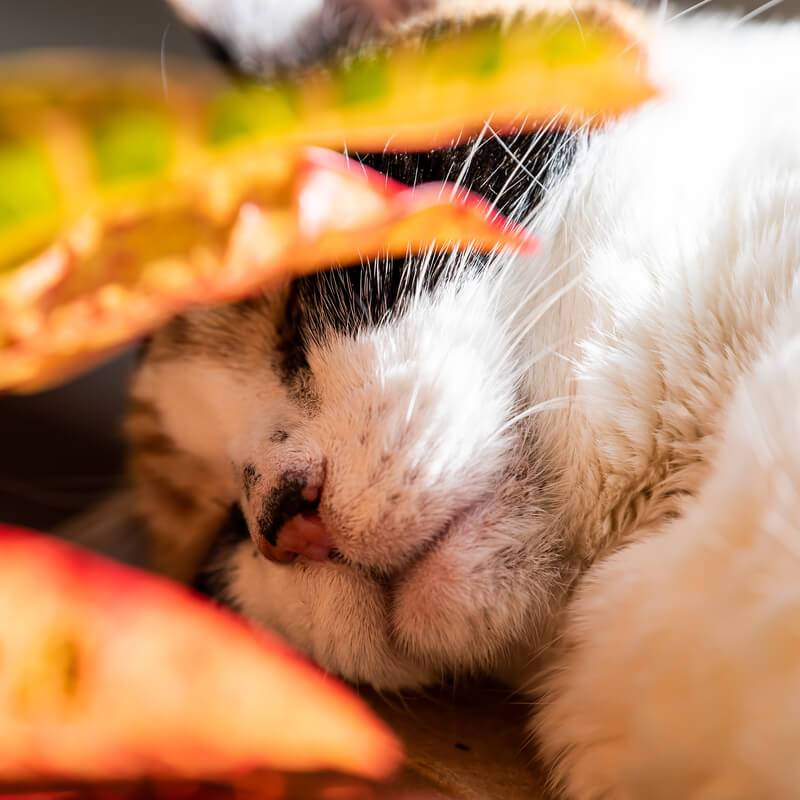
Under certain conditions, black dots can appear both in a kitten and in older cats. According to veterinarians, sphinxes are more prone to acne: in naked and curly pets, the disease proceeds in a severe form, since rare hair or its absence contributes to blockage of the ducts. White cats are also more prone to skin lesions. Unlike non-neutered pets, neutered cats and neutered cats rarely, in isolated cases, get an appointment with a veterinarian with this problem.
Where Can Cats Get Acne?
For experienced cat lovers, rashes can look like parasite waste products, so you need to figure out what is the cause of black dots. If they cannot be brushed off or quickly cleaned, then they are deep in the pores and have nothing to do with parasites. Where can you most often see them?
Acne on the chin of a cat is the most common location. The pet often scratches its chin, rubs it against objects both inside and outside the house, thereby introducing a secondary infection and injuring itself even more. In addition, it is this part that is the least accessible for washing, and therefore the least protected from infection. The affected area of the chin looks dry and scaly, with local hair loss, with a characteristic acne and redness.
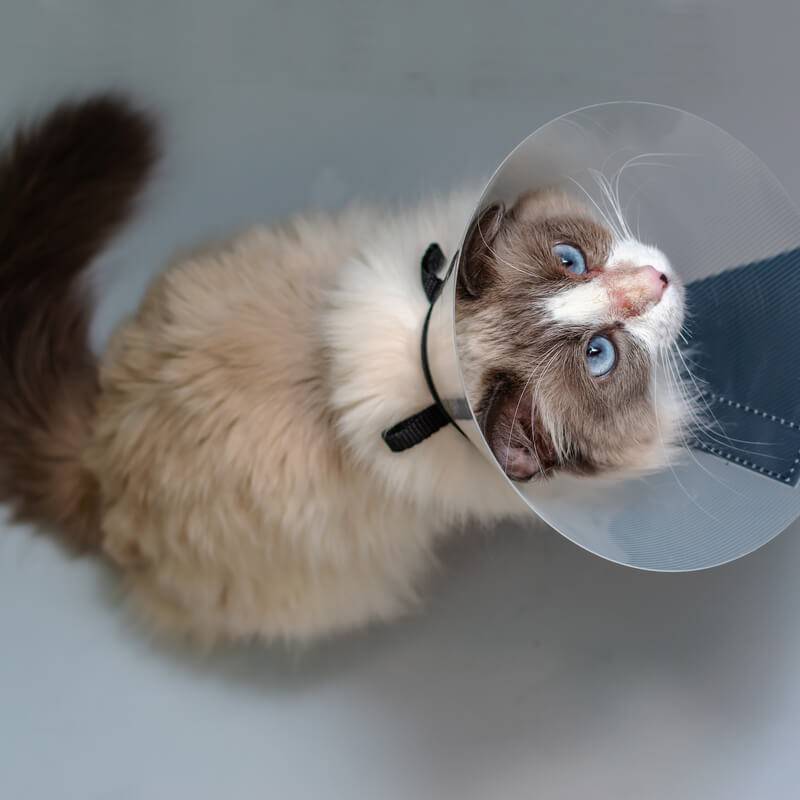
The muzzle is the hallmark of a cat. Among the things that the animal usually rubs at home are the legs of furniture, the corners of sofas, baseboards and, of course, toys. This behavior is dictated by a sense of security, since the cat leaves its scent on those things that it recognizes as personal. Therefore, the muzzle of a cat is in second place in terms of the risk of acne. The characteristic eruptions occur around the lips and near the ears above the eyes.
The glands that play the role of a calling card are present not only on the head, but also at the base of the tail. Due to their constant work, the hair follicles secrete a certain secret. Settling on the skin and coat, it can lead to the formation of acne around the tail.
Rashes are much less common in other parts of the body. These places are characterized by short hair or hairless areas – for example, around the nipples, in the armpits, near the genitals, between the fingers, in the groin.
Acne Treatment in Cats
It seems that it is easy to cure acne, but serious complications are possible with an inept approach. To accurately determine the nature of the rash, you must consult a veterinarian. The diagnosis is made on the basis of the pet’s clinical condition, laboratory tests to exclude other skin pathologies. For the study, a cytological analysis of the skin for microflora will be required.
Comprehensive treatment of acne in cats is prescribed after confirmation of the main diagnosis, depending on the frequency of occurrence and the degree of neglect of the disease. In some cases, the pet will be shown a special therapeutic diet with a minimum composition of fats. If a bacterial infection is present or the acne is enlarged and painful, the veterinarian may prescribe a course of antibiotics and supplemental vitamin A.
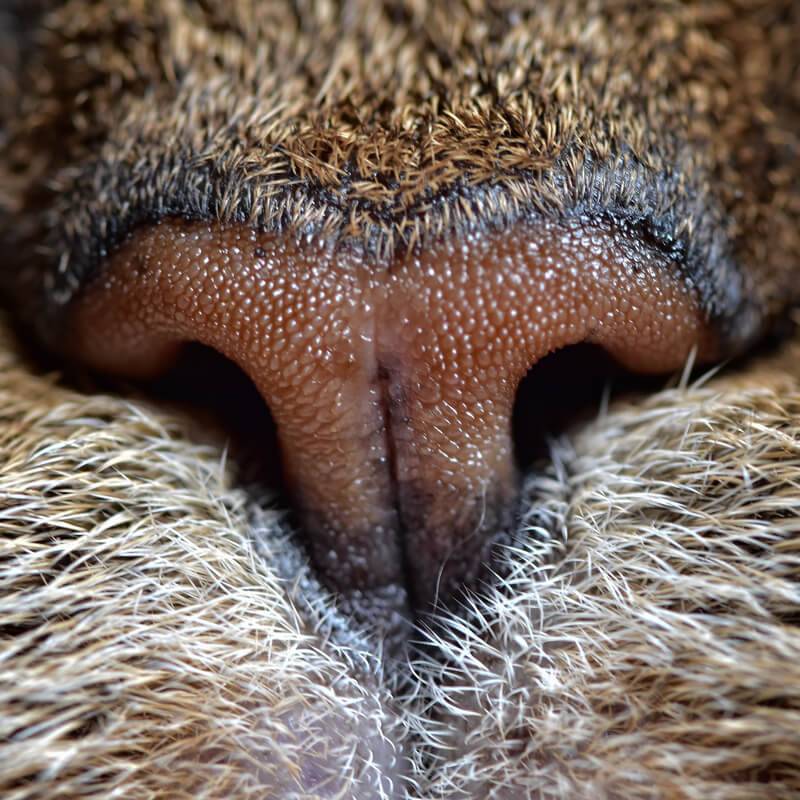
If black dots are observed without inflammation, they should be treated with drying agents, having previously cleaned the area with a solution of chlorhexidine or hydrogen peroxide. Therefore, if a cat has acne on his chin, before consulting a veterinarian, you can start by gently cleaning the affected area with disinfectants. Anti-seborrheic shampoos are widely used to cleanse affected skin. With home treatment, it is recommended to follow a diet, follow the doctor’s instructions and carefully monitor the hygiene and conditions of the cat.
Some consider the use of folk recipes for the treatment of acne in cats a more effective remedy. Indeed, there are tips from veterinarians on preparing herbal solutions for acne. But before you treat your pet on your own, you need to consult with a veterinarian about the advisability of using folk remedies.
Prevention of acne
The main rule is to observe the hygiene of the pet and its habitat.
In order to prevent acne, it is recommended to replace plastic dishes with glass or ceramic ones. Bowls should be washed thoroughly and wiped dry after each feeding. Fresh food should only be added to an empty, clean bowl.
During the day, the pet should have constant access to fresh water, preferably once or twice a day to change the pet’s water.
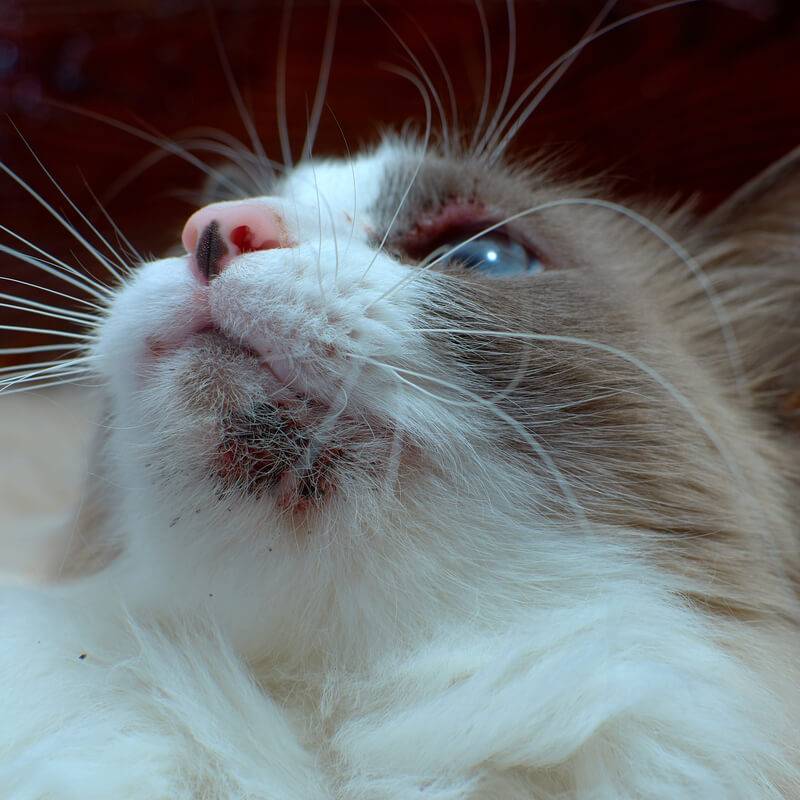
Strengthen the cat’s immunity with a balanced diet, matched to the age and length of the coat. A pet needs a complete diet rich in vitamins, microelements, especially omega-3 and omega-6 fatty acids.
After feeding, you need to pay attention to the muzzle and chin of the cat, if there is contamination, it must be treated with wet wipes or antiseptic solutions.
The cat’s habitat must be kept clean: slides, a house and toys should be wiped regularly to prevent the appearance of dirt and grease stains.
If a cat or cat has a tendency to develop acne, it is worth eliminating fatty food or fatty treats from the pet’s diet.
Constant care of wool, combing of an animal is necessary. Grooming will ensure timely cleaning and will stimulate the growth of healthy wool.
In order not to subsequently treat acne in a cat, it is important to avoid possible stress factors, the pet’s depressed state, as this can provoke a disease.
The article is not a call to action!
For a more detailed study of the problem, we recommend contacting a specialist.
Ask the vet
17 2020 June
Updated: 21 May 2022



